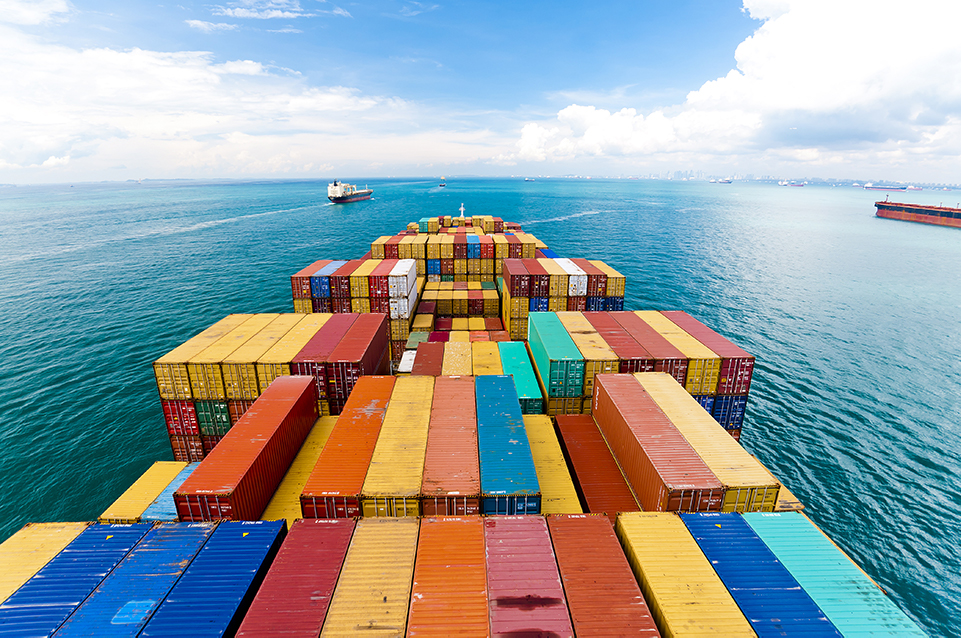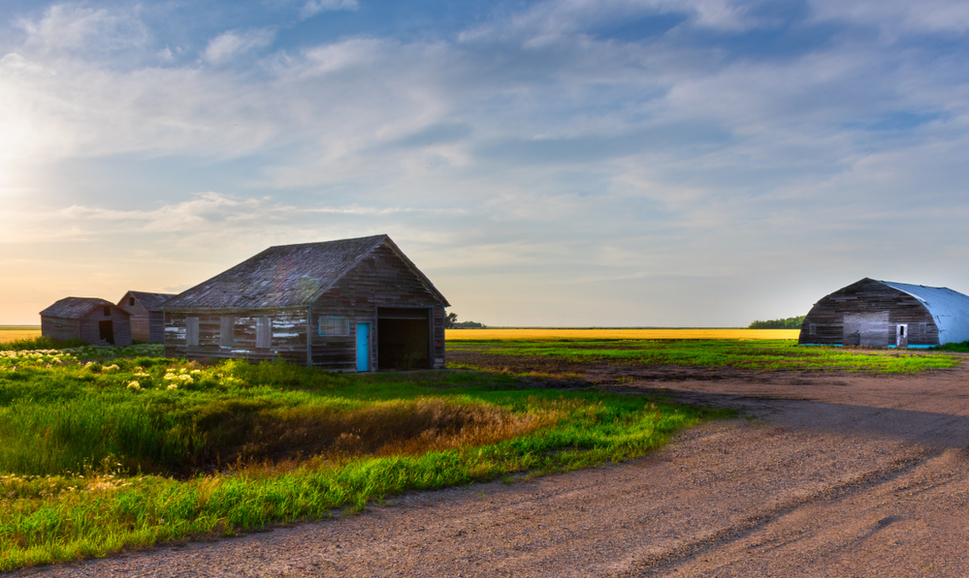Decarbonization
Trend: Companies warm to nature-based solutions
More than 350 companies have made commitments to help reverse nature loss and restore vital natural systems on which economic activity depends. Read More
Trend: Shipping sails toward decarbonization
After decades of steering clear of specific climate commitments, the international maritime industry — responsible for 3 percent (and growing) of annual global greenhouse gas emissions — is navigating a new course. Read More
How Thai Union rapidly pivoted to a greener business strategy
The Thai canned fish giant is moving beyond past criticism to lead the seafood industry towards a more planet-friendly future Read More
The transformation of energy technology: learnings from CES 2020
Sponsored: Sustainability was a critical component of the innovative technologies shared at this year’s Consumer Electronics Show. Here are three takeaways. Read More
Driving a zero-emissions future: GM’s holistic approach to meeting long-term energy goals
Sponsored: CMS Enterprises talks with global sustainability leader Rob Threlkeld of General Motors about the roles renewable energy plays in helping GM meet its energy and business goals. Read More
Microsoft’s quest to go ‘carbon negative’ inspires $1B fund
Bold new commitment will see the tech giant charge an internal carbon fee not just on emissions from its direct operations, but on those of its supply chain. Read More
It's time for Silicon Valley to start buying electric commuter buses
Many big Bay Area companies such as Facebook and Genentech use large fleets of private commuter buses. This year more of these vehicles will run on batteries. Read More
JetBlue embarks on journey to offset all U.S. domestic flights
The move is becoming more common in Europe but is unprecedented among North American airlines. Read More
BMW is the first carmaker to join responsible mining initiative
Carmakers are coming under increasing pressure to ensure the materials used for electric vehicle production are responsibly sourced. Read More
Could abandoned agricultural lands help save the planet?
Some researchers contend there is an opportunity for ecological restoration that could help fight climate change and stem the loss of biodiversity. Read More









